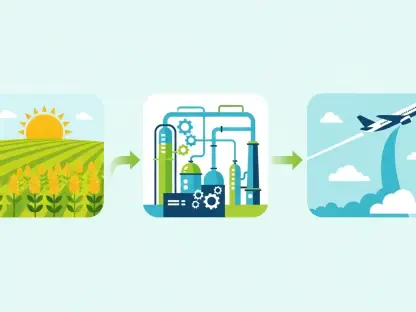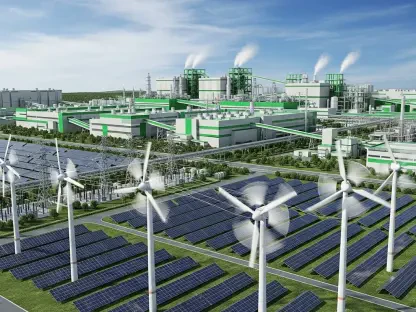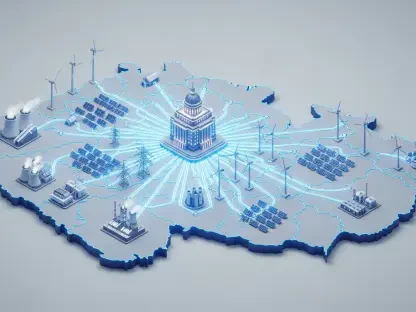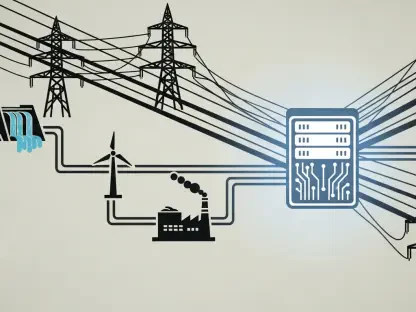Solar panels are at the forefront of the renewable energy movement, leveraging sunlight to provide a clean, sustainable power source. Understanding how these panels function, their efficiency, and their contribution to reducing the carbon footprint is crucial for appreciating the growing shift towards solar energy. This article delves into the science behind solar panels, the various technologies utilized in harnessing solar power, and their expanding role in the global energy landscape. As solar technology progresses, it promises to play an increasingly significant role in the energy systems of the future.
The Science Behind Solar Panels
At the heart of solar panels lies the photovoltaic (PV) effect. This phenomenon occurs when sunlight, through photons, strikes the surface of the solar panel, typically made from silicon. These photons excite electrons, freeing them from their atomic bonds and causing them to move. This movement generates an electric current, which is the basic principle of how solar panels convert sunlight into electricity. The ability to harness this natural effect has revolutionized renewable energy, providing a cleaner alternative to fossil fuels.
Each solar panel comprises numerous solar cells, each one producing a small amount of electricity. When combined, these cells significantly boost the panel’s electricity output. Although higher upfront costs are a consideration, technological advancements have dramatically improved the efficiency of solar panels. This improvement has made them an increasingly attractive and viable option for consumers, assisting in both residential and commercial energy needs. More efficient solar panels have the capability to produce larger amounts of electricity, making solar power an essential part of modern energy strategies.
Conversion and Utilization of Solar Energy
While the generation of direct current (DC) electricity by solar panels is crucial, it is equally important to convert this DC into alternating current (AC) to ensure compatibility with household appliances and the electrical grid. Inverters are fundamental to this conversion process. They take the DC electricity generated by the solar panels and transform it into usable AC. This essential step maximizes the utility of solar energy, allowing it to power everyday household devices and be seamlessly integrated into the public grid.
Another critical component of solar energy utilization is the storage of the generated electricity. Batteries play a pivotal role in this context, storing excess energy produced during peak sunlight hours. This stored energy can then be drawn upon during nighttime or on cloudy days, ensuring a consistent power supply. Efficient energy storage solutions optimize the effectiveness of solar energy systems, providing reliability and reducing dependence on conventional energy sources. As battery technology continues to evolve, the integration of solar energy into everyday life becomes increasingly practical and economically feasible.
Complementary Solar Technologies
In addition to photovoltaic panels, other notable solar technologies contribute significantly to harnessing solar power. Concentrating Solar Power (CSP) is one such technology. CSP systems use mirrors to focus sunlight onto a receiver, often positioned on a central tower. This concentrated solar energy is converted into high-temperature heat, which drives an engine connected to an electricity generator. The ability of CSP systems to store thermal energy allows for continuous electricity generation even after the sun sets, providing a distinct advantage over other methods and contributing to energy grid stability.
Solar hot water heaters represent another effective approach to leveraging solar energy. These systems utilize collectors made of glass or copper to absorb the sun’s heat. The captured heat is then transferred to water, which is used for residential or commercial purposes. Solar hot water heaters present an eco-friendly and cost-efficient alternative to traditional water heating methods. However, their effectiveness can vary depending on the climate and they must compete for installation space with photovoltaic panels. Both CSP systems and solar hot water heaters highlight the diverse applications of solar technology beyond electricity generation.
The Growing Impact of Solar Energy
The potential for solar energy in the United States is immense, with sunlight capable of producing several times the nation’s current power needs. Although the utilization of solar energy is still growing, its rapid increase is noteworthy. Recent years have seen a significant surge in solar power generation, with solar panels accounting for a majority of new energy-generating capacity by 2024. This upward trend underscores the broader movement towards renewable energy as a sustainable solution to meeting energy demands.
This expansion reflects a broader trend towards renewable energy adoption, driven by technological advancements and cost reductions in solar panels. The increasing recognition of the environmental and economic benefits of harnessing solar power positions it as a pivotal element in the global clean energy transition. As awareness of climate change and sustainability issues grows, more individuals, businesses, and governments are investing in solar energy infrastructure, ensuring that it plays a major role in the future energy landscape.
Looking Forward
Solar panels represent a leading edge in the renewable energy movement by utilizing sunlight to generate clean, sustainable power. To fully grasp the importance of solar energy, it’s essential to understand how these panels function, their efficiency, and their role in reducing the carbon footprint. This article explores the scientific principles behind solar panels, the diverse technologies employed to capture solar power, and their increasing impact on the global energy landscape. Over time, solar technology has made strides that promise to significantly influence the future energy systems, offering potential solutions to the escalating energy demands worldwide. With advancements in photovoltaic cells and other solar innovations, solar panels are becoming more efficient and affordable, positioning them as a viable alternative to traditional energy sources. As society prioritizes environmental conservation, the adoption of solar energy continues to expand, heralding a cleaner and more sustainable future.









